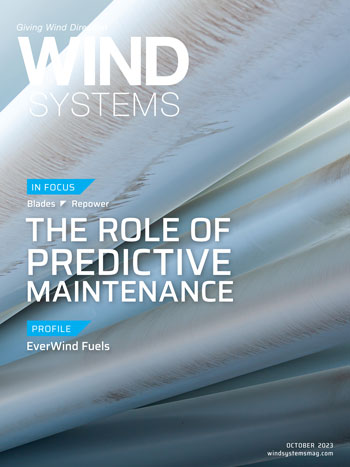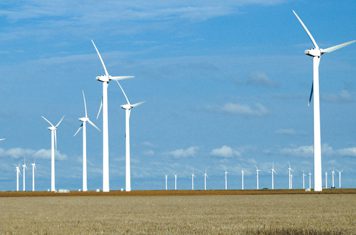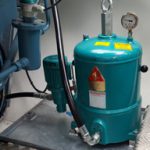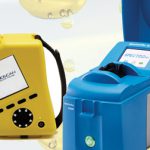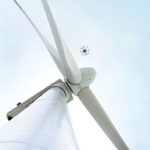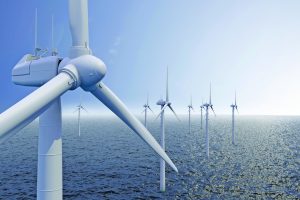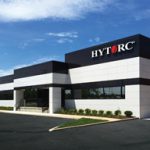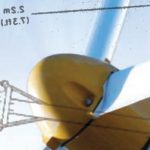Many within the renewables sector are touting the next logical step to diversifying and expanding, and that next step entails making hydrogen from renewable sources — namely, wind.
Green hydrogen helps to solve a big challenge with renewables: the longer-term storage of that renewable energy; because, what happens when the wind doesn’t blow or the sun doesn’t shine?
“You’ve got batteries, and they may last for four to 12 hours; you have some hydro storage, but there are not a lot of other ways to store that power; this is where green hydrogen plays an important part,” said Trent Vichie, EverWind Fuels’ CEO and founder. “That’s why people around the world are really excited about it.”
To that end, EverWind Fuels was born, a company started to develop the means and resources to create green hydrogen. “The way that EverWind fits into the renewables ecosystem is that, in order to make green hydrogen, you need the renewable power, then obviously the process, terminal, and logistics to bring it all together,” Vichie said. “What we are is a developer of all of those elements.”
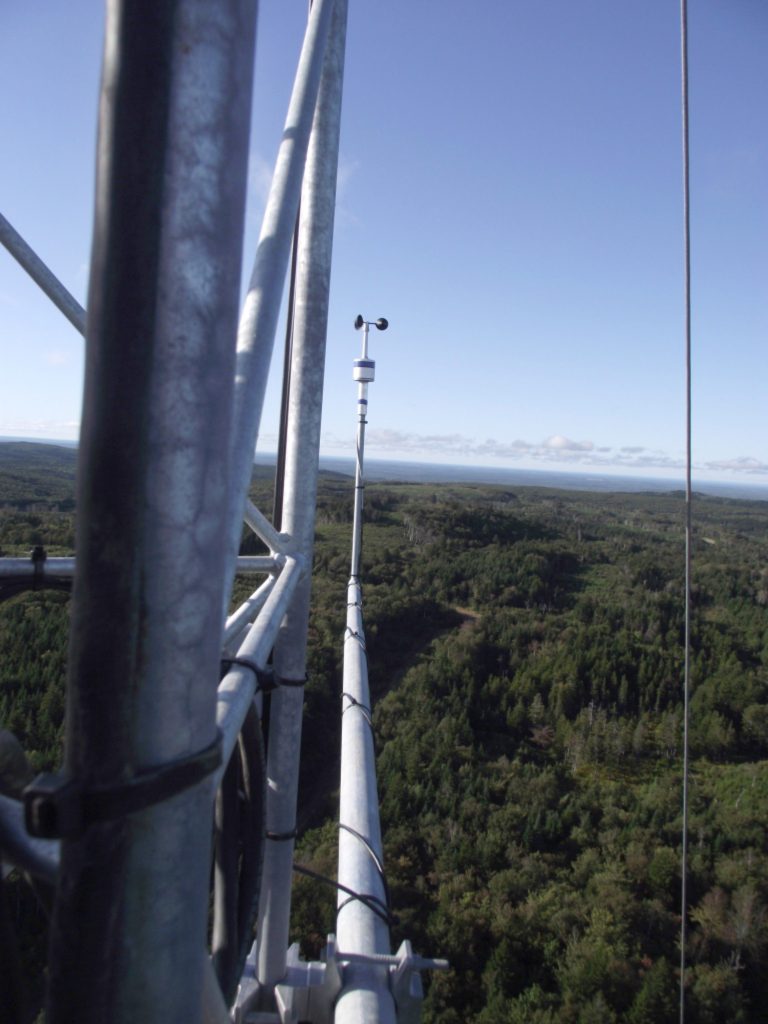
Bringing the pieces together
Creating green hydrogen involves a lot of interplay between the wind industry, the siting, the development, the actual terminal, and the logistics, according to Vichie.
“The reason we thought we were well suited was that we have experience in each one of those verticals, and it was really about tying them all together,” he said.
Another advantage EverWind has with making green hydrogen a fuel contender is the company’s flexibility and ability to fast track development, according to Vichie.
“We just got to work on it,” he said. “That’s one of the reasons I believe that we’ve got a very strong lead. We’re one of the leaders in this space globally. And it fits well with the wind industry. Up until today, the wind industry has been very much reliant on existing grids. You wait for the grid use. There’s a contest or a PPA, and then that’s the key driver for building wind. This is no longer the case. If we build the wind, we are effectively the customer, because we are taking that renewable power to split water into hydrogen and oxygen. We’ve now got a new customer base for wind, and that, to me, can be a huge acceleration in the development of wind globally.”
Moving the Product
Once that hydrogen is created, however, Vichie pointed out the next important step is to be able to transport it efficiently and safely. “There are a whole host of issues that come with delivering hydrogen and bringing it to different places,” he said. “The first phase of our project is converting hydrogen into green ammonia, which is easier to transport — It’s denser; it’s liquid at a higher temperature, and here’s an interesting one: Ammonia is one of the most widely used compounds in the world today. It’s mostly used as a fertilizer, and without it, we’d have 3 billion less people on the planet. Today, this fertilizer is coming from natural gas, so half of what’s on your dinner plate is a result of fossil fuels. By using wind power to make green hydrogen and green ammonia, we can start to decarbonize this particular area.”

Ammonia advantages
Another advantage of converting green hydrogen into ammonia is that ammonia is a fuel in its own right, according to Vichie.
“It’s combustible; it can be used as a marine fuel,” he said. “But ammonia is also an effective carrier of hydrogen. You convert it into ammonia, transport it more efficiently, and then you ‘re-crack’ it back into hydrogen when and where you need it. And ammonia is just the beginning — Green hydrogen also can be used to make sustainable aviation fuel, green methanol, and a whole host of chemicals. It’s really the building block of a lot of growth industries.”
Vichie said Europe has had a big lead on the demand for green fuels, and it has set targets of 10 million metric tons per annum of import into Europe. Japan is also looking to import green fuels in an effort to decarbonize. EverWind’s long-term focus is to provide Canada the green fuels it needs to power a net-zero economy.
Why use wind?
And using wind to produce green hydrogen is ideal, according to Vichie. “We think that wind is an excellent way to make the renewable power for green hydrogen, and the reason is, in the right regions, wind has a really high-capacity factor,” he said. “If you’ve got expensive capital that’s breaking water into hydrogen and oxygen, you want that equipment being used as much as possible.
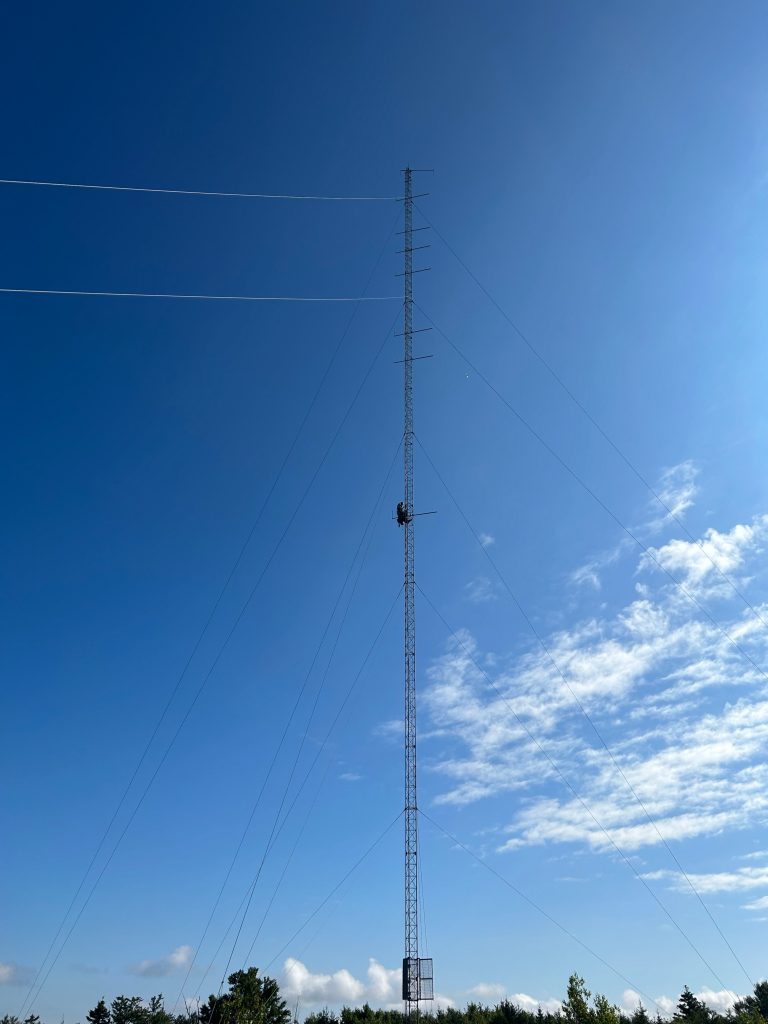
You can have cheap solar power, for example, that only operates 20 percent of the time, but I’d much rather have a wind project that’s 50 percent or an offshore project that’s closer to 60 percent of the time because that can give you better economics. EverWind is going to be a large user of wind power and a huge customer for the various players. Sitting here today, we’ve got a multiple-gigawatt pipeline. In Nova Scotia, we have land for about 3,000 MW of power.”
EverWind recently made public that it is building its first 600 MW of wind in Nova Scotia and is doing environmental studies on the next 2,000 MW, according to Vichie. The company also has been awarded development rights on 268,000 hectares of government land in Newfoundland to support more than 2 GW of onshore wind.
“We’re talking about a real industrial scale play with some of the best wind resources in the world in an advanced economy close to North America and Europe, so, this is a start,” he said. “What we really want to do is build a hydrogen hub here in Atlantic Canada, but, most importantly, be leaders and risk-takers on the capital side to show the way. We’ve got more flexibility to move quickly. In the space from buying the terminal to where we are today, we have the most advanced industrial scale green hydrogen and green ammonia facility in North America. We’ve got Black & Veatch doing engineering, Siemens on the electrolyzers, and an all-star team. We’ve spent almost $200 million developing the project, and we have MOUs with some of the largest energy companies in Europe, E.ON and Uniper, and more to come. There’s a big opportunity, and we are running hard at it.”
Building Relationships
As a result, Vichie said EverWind is working hard to procure turbines, construct MET towers, and ramping up its team, while collaborating with local contractors. Within the last 18 months, EverWind has purchased a site that has achieved environmental approval while managing to bring in three First Nations partners to help.
“We’ve managed to develop a fantastic relationship with the Nova Scotia government, the federal government, First Nation rightsholders, local stakeholders, and also the utility,” he said. “We’ve sat on the world stage with the Prime Minister and the Chancellor of Germany to show our project. The speed and how much we’ve pushed the project forward in such a short space of time has people saying, ‘You’ve got one of the most advanced projects on the planet.’ I’m damn proud of that, and I’m damn proud of the team that we’ve put together and our partners.” EverWind has gotten there with straightforward honest talk, hard work, logic, and just trying to do the right thing, according to Vichie. “We’re doing this, too, to help the local community — high-paying jobs, tax revenues, adding stability to the grid, and economic activity,” he said. “I grew up poor from a rural area, and I’m proud to create opportunity and empowerment — to make a difference, make a change. There’s a lot we can be proud of until the moment that we’ve actually finally delivered. That’s when I’ll be really proud.”
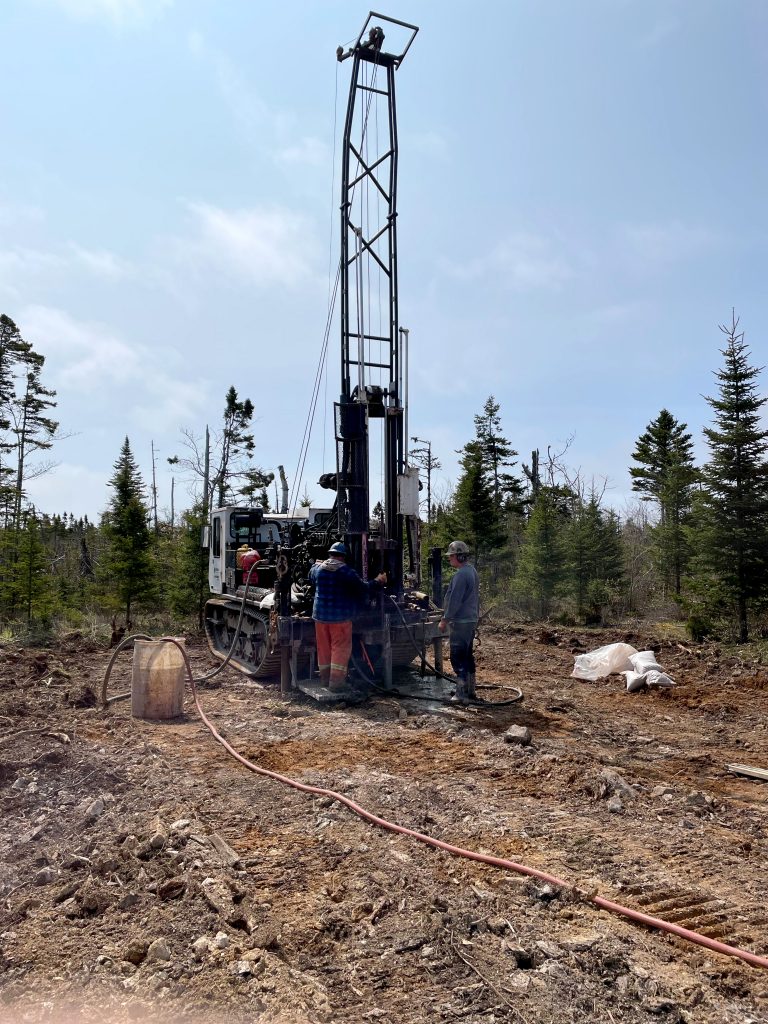
More wind in the future
The advent of green hydrogen is only going to increase the opportunity for wind in the next decade, according to Vichie. “Wind, particularly offshore, is going to get larger, cheaper, and more efficient at scale,” he said. “Nova Scotia has some of the best offshore wind resources in the world. There are potentially several hundred gigawatts where you can do fixed bottom, and there are a lot more than that where you can do floating. If you can get that cheaper wind, which can be used in sustainable aviation fuel or other applications like green steel, I think wind in this area can drive massive decarbonization globally.”
Vichie is quite passionate about his company’s renewable energy goals because it ultimately means a better and more sustainable future, but he said time is of the essence.
“You can see the impacts of what we’re dealing with — we don’t have time,” he said. “That’s one of the other things that we’re focused on. It’s like we’re trying to go fast and people say, ‘Slow down.’ We don’t have time. Time is not your friend when you’re trying to do this. There’s a great saying that time kills all deals, and I believe that. When you’ve got something, you go after it, and you work your backside off. You’re either doing it 100 percent or 150 percent, or you’re not doing it. There’s nothing in the middle.”
More info everwindfuels.com



















